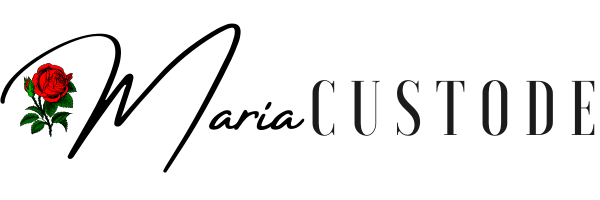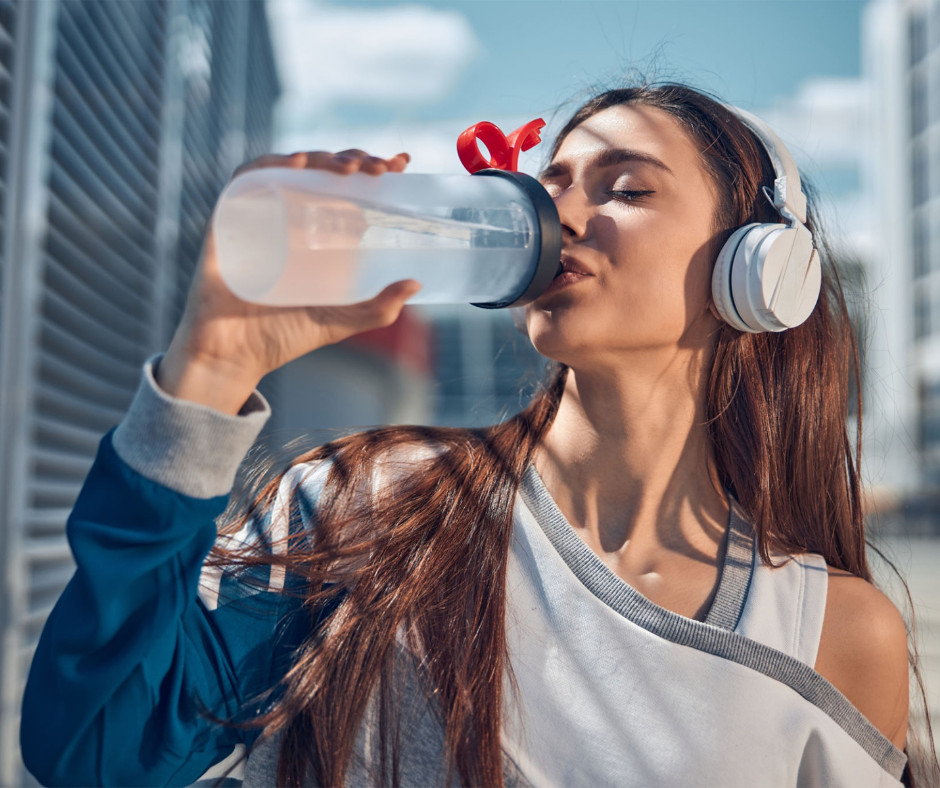
(And how to finally make your body work with you again)
The Truth: Your Body Has Changed — and That’s Okay
There was a time when losing weight was simple.
Skip dessert, walk a little more, maybe cut carbs for a week — and you’d see results.
Skip dessert, walk a little more, maybe cut carbs for a week — and you’d see results.
Then 50 arrived.
And suddenly, your body stopped responding.
And suddenly, your body stopped responding.
You’re eating better than ever, walking your steps, even tracking calories — yet the scale won’t budge. Your energy’s low, your joints ache, and you feel stuck.
You’re not doing anything wrong. Your body has simply changed — and it needs a new approach.
1️⃣ Your Hormones Aren’t the Same
Hormones run the show. Estrogen, progesterone, and testosterone all naturally decline after 40 — and that changes everything:
- Less estrogen: more belly fat storage
- Less testosterone: less muscle (which means slower metabolism)
- Fluctuating progesterone: more water retention and sleep issues
This isn’t your fault — it’s biology.
Instead of fighting your hormones, focus on supporting them through proper nutrition, quality sleep, strength training, and stress management.
Instead of fighting your hormones, focus on supporting them through proper nutrition, quality sleep, strength training, and stress management.
2️⃣ You’ve Lost Muscle — and Muscle Burns Fat
Muscle is your metabolism’s engine.
Starting around 40, we lose 3–8% of our muscle mass every decade if we’re not actively building it.
Starting around 40, we lose 3–8% of our muscle mass every decade if we’re not actively building it.
Less muscle = fewer calories burned = easier weight gain.
The fix?
- Prioritize strength training at least 2–3 times per week.
- Include protein at every meal (aim for 25–30g per serving).
- Support recovery and muscle repair through hydration, rest, and movement.
It’s not about working harder — it’s about working smarter.
3️⃣ Stress Hormones Are Running the Show
Cortisol, your main stress hormone, used to rise and fall naturally.
Now it’s stuck in “on” mode.
Now it’s stuck in “on” mode.
Between juggling family, work, finances, and health, your nervous system rarely gets a break.
When cortisol stays high, your body holds onto fat, especially around the midsection. It also disrupts sleep and increases sugar cravings.
To calm it down:
- Create a nightly wind-down routine
- Practice slow breathing or meditation
- Get outside every day — even 10 minutes helps
- Learn to rest without guilt
You can’t out-diet stress. You have to heal it.
4️⃣ Your Energy Production Has Slowed
If you feel like your “get up and go” just disappeared, it’s not in your head.
Your mitochondria — your body’s tiny energy factories — become less efficient with age.
Your mitochondria — your body’s tiny energy factories — become less efficient with age.
The result? Lower energy, slower metabolism, and less motivation.
The fix: movement, hydration, good sleep, and nutrients that support cellular repair. When your cells are fueled, everything changes — energy, mood, and metabolism.
5️⃣ Your Brain Feels Foggy
Brain fog isn’t “just getting older.”
It’s often the result of poor sleep, stress, hormone changes, or inflammation.
It’s often the result of poor sleep, stress, hormone changes, or inflammation.
You might forget words mid-sentence or feel like your mind’s running through molasses. Supporting brain health through nutrition, hydration, and rest can make a world of difference.
Clear mind → better choices → consistent habits → real results.
6️⃣ You’re Probably Dehydrated (and Don’t Even Know It)
Even if you drink water all day, your body’s ability to absorb and hold water changes as you age.
Mild dehydration can cause fatigue, hunger, headaches, and slower digestion — all things that make weight loss feel impossible.
Hydration isn’t just about water intake; it’s about electrolyte balance and cellular function. Keep it simple: sip consistently throughout the day, not all at once.
🌿 Final Thought
If you’ve been doing everything right and still not seeing results, it’s not because you’ve failed — it’s because your body needs different support than it used to.
This stage of life isn’t about dieting harder — it’s about understanding your biology and working with it.
I’ve found a solution that’s been helping me feel stronger, clearer, and more energized than I have in years.
I’m happy to share what’s been working for me.
I’m happy to share what’s been working for me.
Disclaimer: The information in this article is for educational purposes only and should not be considered medical advice. Please consult with a healthcare professional before making any changes to your diet or lifestyle.
How to Achieve Natural Pain Relief Without Pharmaceuticals: A Guide to Herbal Remedies and Alternati
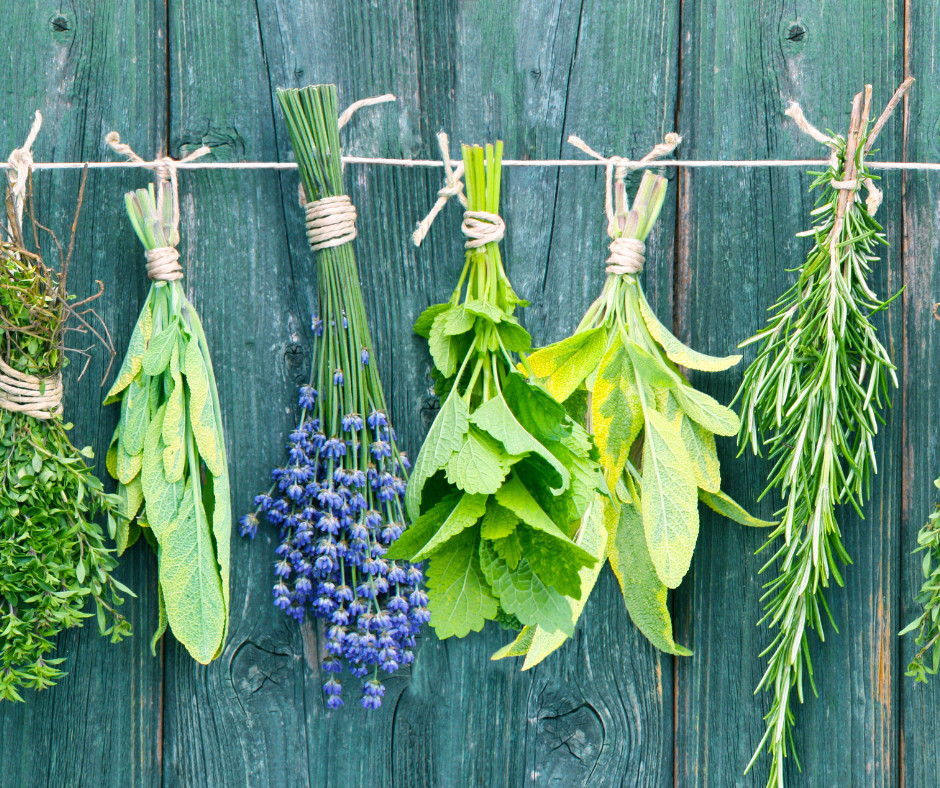
Natural Pain Relief: Herbal Remedies That Work
In the quest for alternatives to pharmaceuticals, many turn to herbal remedies for pain relief. This guide highlights the scientific evidence supporting certain herbs' ability to reduce pain and inflammation. It’s tailored for those interested in holistic health, pain management, and herbal remedies, presenting an overview of how these botanicals can enhance well-being without traditional medication side effects.
Pain and inflammation are complex experiences often linked, with inflammation being the body’s response to injury or infection. Medicinal plants address pain through various mechanisms, such as reducing nerve sensitivity, inhibiting inflammatory pathways, and promoting healing. Chronic pain, defined as pain lasting longer than three to six months, frequently involves inflammation, making anti-inflammatory herbs potentially beneficial for long-term relief.
Key Herbs for Pain Relief:
- Turmeric: Known for its compound curcumin, turmeric is a staple in traditional Indian medicine and has shown promise in treating arthritis-related inflammation. Curcumin reduces pain and stiffness by suppressing enzymes involved in inflammation. I use Golden Turmeric, it's 24 times more bioavailable than standard turmeric extract. Your body absorbs the same amount of curcuminoids from just 300 mg of Golden Turmeric as it does from 1,926 mg of standard turmeric.
- Ginger: A relative of turmeric, ginger is renowned for its anti-inflammatory properties and has been used for centuries to alleviate pain, including migraines. It's particularly effective for gastrointestinal inflammation and muscle pain, offering relief when applied topically.
- Boswellia: Derived from the Boswellia serrata tree resin, boswellia has been shown to reduce inflammation and manage chronic inflammatory diseases by inhibiting leukotrienes, which play a significant role in the inflammatory response. I use Frankincense
- Willow Bark: Known as the original aspirin, willow bark has been used since Hippocrates' time to relieve pain and fever. Its active ingredient, salicin, acts similarly to aspirin but is often better tolerated by those with sensitive stomachs.
Incorporating these herbs into daily life requires careful consideration. Always source herbs from reputable providers, start with small doses, and consult healthcare professionals if pregnant, nursing, or managing a chronic condition. Be aware of potential interactions with medications.
Here is the link to what I use to manage my inflammation.
Get my free guide “Anti _Inflammatory Guide - foods to avoid, foods to enjoy!”
Join our vibrant community at 'Healthy Living Beyond 40' on Facebook, where we share insights, support, and strategies for thriving in health and wellness after 40. Let's navigate the journey together!
Oh by the way, we have a program where we lose 7-15 lbs and reduce pain and inflammation in just 11 days. Grab the info here!
Disclaimer: The information in this article is for educational purposes only and should not be considered medical advice. Please consult with a healthcare professional before making any changes to your diet or lifestyle.
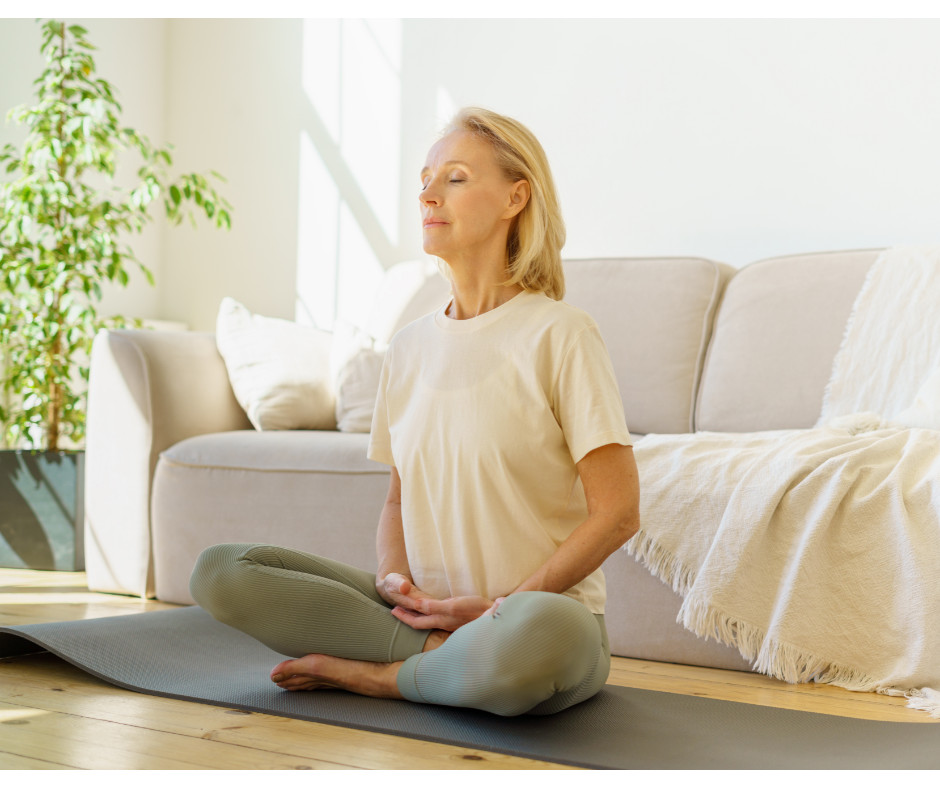
Discovering Serenity in Suffering: Meditation as a Tool for Pain Management
Life beyond 40 brings about its set of challenges; among them, joint pain stands tall as a frequent uninvited guest for many women. The quest to alleviate this agony often leads through a labyrinth of solutions, yet a simple, time-honored practice remains a beacon of hope – meditation.
Let's embark on a journey to understand how this ancient tradition can be your modern-day ally in managing pain and discovering a newfound peace within.
---
The Struggle with Joint Pain
Women over 40 often experience the onset of joint pain, whether due to arthritis, the wear and tear of daily activities, or the natural aging process. This pain does not simply impede movement; it can cast a shadow over joy, productivity, and the quality of life. Medicine provides relief, often at the cost of side effects and temporary respite. However, there is another path that promises not only relief but also a holistic enrichment of life.
Exploring the Sanctuary of the Mind: Meditation and Pain
Meditation is the art of turning focus inward, grounding oneself in the present moment through various techniques, such as mindfulness or focused attention. As studies suggest, meditation does more than calm the mind—it potentially serves as a potent tool in managing and understanding pain.
The Science of Meditation and Pain Relief
Research has shown that regular meditation practice can lead to:
- Reduced Pain Sensitivity: Meditation appears to diminish the perception of pain in the brain, which can lead to a decreased sense of suffering.
- Enhanced Pain Coping Mechanisms: Through meditation, you may cultivate a stronger capacity to cope with chronic pain.
- Lower Inflammation: Some forms of meditation have been linked to lower levels of inflammation, which can exacerbate joint pain.
But how exactly does sitting in silence help soothe the aches in your joints?
A Closer Look at How Meditation Can Help
- Mindfulness and Awareness: By fostering mindfulness, meditation encourages a heightened awareness of body sensations, thus enabling a more nuanced perception of pain.
- Stress Reduction: Stress worsens inflammation and pain. Meditation's stress-reduction properties can subsequently reduce the intensity of joint pain.
- Emotional Regulation: With meditation comes an improved ability to regulate emotions, including those associated with the experience of pain.
- Rewiring Brain Responses:
Step-by-Step: Incorporating Meditation into Your Pain Management Routine
Here's how you can begin integrating meditation into your life:
Start Small
Begin with just a few minutes a day and gradually increase your practice. Consistency over duration is key.
Create a Comfortable Space
Choose a quiet corner where you can sit or lie down comfortably, undisturbed.
Employ Guided Meditations
Utilize guided meditation resources, such as apps or online videos, which are particularly useful for beginners.
Practice Mindfulness Throughout Your Day
Final Thoughts on Meditation and Joint Pain
Meditation is not merely an escape but a deeply proactive approach to managing pain. It empowers you to change your relationship with pain, enhancing the quality of your daily life despite the challenges of joint discomfort.
As the twilight of pain looms, let meditation be the dawn of tranquility. Start today—because the journey to a more peaceful and manageable existence is a single breath away.
--
Remember, the key to success with meditation is patience and persistence. Let's breathe through the journey together, finding solace in each mindful moment.
Oh by the way, I have a free guide " 10 Minute Wellness Revamp" grab it here!
Disclaimer: The information in this article is for educational purposes only and should not be considered medical advice. Please consult with a healthcare professional before making any changes to your diet or lifestyle.

Arthritis is a condition that causes pain and disability. There are two main types of arthritis: rheumatoid arthritis and osteoarthritis. Rheumatoid arthritis is an inflammatory condition that affects the joints, while osteoarthritis is a degenerative condition that affects the cartilage. Both types of arthritis can be painful, but there are some general tips that can help to relieve pain. One tip is to stay active and exercise regularly. Another tip is to eat a healthy diet and avoid foods that trigger inflammation. Finally, it is important to talk to your doctor about different pain relief options, including over-the-counter medications and prescription drugs.
Here is the link to what I use to manage my inflammation.
Get my free guide "3 ways to reduce inflammation" which contains a recipe for a "Magic Joint Relief Roller Bottle"
Disclaimer: The information in this article is for educational purposes only and should not be considered medical advice. Please consult with a healthcare professional before making any changes to your diet or lifestyle.
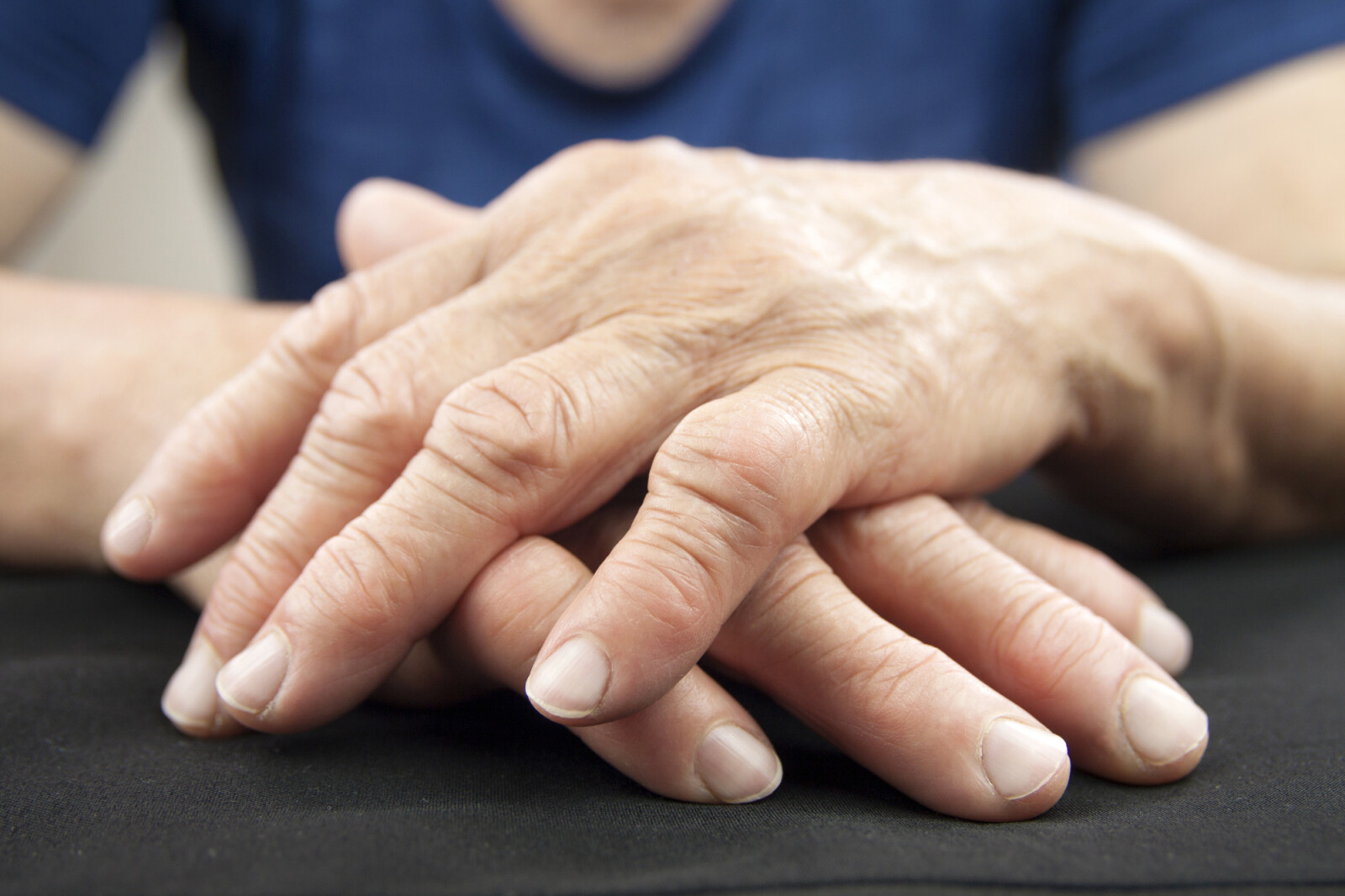
Arthritis is a word for when it hurts and swells up around your joints. The most common arthritis is called rheumatoid arthritis. It affects more than 1.5 million people in the United States. With rheumatoid arthritis, something goes wrong with the immune system and it attacks the lining of your joints. This causes pain and makes them swell up. There are other types of arthritis, like osteoarthritis, gout, and fibromyalgia. Arthritis can happen to anyone at any age, but it happens more often to adults who are 65 or older. Symptoms of arthritis include joint pain, stiffness, swelling, and deformity. Treatment options depend on what type of arthritis you have but might include medications, physical therapy, or surgery. There is no cure for arthritis yet, but getting diagnosed early and starting treatment right away can help lessen symptoms.
Here is the link to what I use to manage my inflammation.
Get my free guide "3 ways to reduce inflammation"
Ask me about the 11 day jumpstart to reduce pain and inflammation
I found this water bottle to help me stay hydrated and on track!
Disclaimer: The information in this article is for educational purposes only and should not be considered medical advice. Please consult with a healthcare professional before making any changes to your diet or lifestyle.
